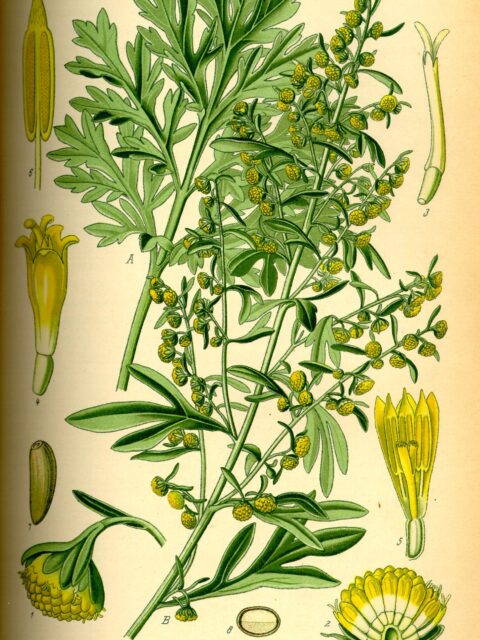It’s not a pretty adjective, is it? Associated with an unpleasant taste, feeling angry and unhappy, the worst weather. So why do we love our bitter drinks? In fact humans have evolved to be sensitive to bitter tastes, that are often a sign of toxicity in plants. The TAS2R family of genes are known to be associated with the ability to detect various substances we perceive to be bitter, and these genes have also been found in primates, rodents and other animals. Weirdly, these genes don’t just give us bitter taste buds on our tongues, they’re also active in our guts and even our brains. Over time, we’ve needed this superpower to detect bitter plant poisons less and less, as we started eating meat, using fire to cook our food and then more recently hankering after a nice gin and tonic. So now you’ll find individuals who are genetically less sensitive to bitter tastes, as well as the poor “supertasters” who’ll struggle with broccoli let alone a sip of amaro. At the moment, 65% of the over 10M 23andMe customers (including me) have the “CC” variant of the TAS2R38 gene that means they’re unlikely to detect the “PTC” bitter chemical associated with tasty yet pongy foods such as cabbage, coffee, grapefruit and sauerkraut. We’re the lucky ones who can enjoy bitter foods and drinks.

In the UK a popular bitter drink is, obviously, a pint of bitter. The International Bitterness Unit (IBU) scale measures the bitter compounds in beer, that come from the adding different hop varieties. If you’re a fan of a hazy IPA you enjoy a bitterness of 30-50 IBU, whereas a light lager might only be 10-20. Craft beer afficionados will have noticed the trend towards increasing hoppiness and more bitter flavours, with beers like double IPAs that push the IBU over 60. The IBU scale, however, is quite specific to the compounds in beer that come from the hops.
If you’re interested in bitter liquers, vermouths, “bitters” (like Angostura Bitters) and other cocktail ingredients, you’ll need a different measure. Here the world of science has settled on quinine as the standard. Originally extracted from cinchona bark, its anti-malarial properties were found more palatable when made into tonic water and mixed with gin. Quinine is used as the yardstick for bitter taste, and other compounds can then be compared, subjectively, looking at the smallest amount where the bitter taste can be detected in a solution with water.

The bitterest compounds we know of, such as Denatonium (the bitterest thing there is – unbearably bitter at just 0.01g in a litre of water), are much too aversive to be used in a tasty cocktail. Instead, they are painted onto batteries or Nintendo Switch game cartridges as bitterants to prevent babies from swallowing them.
In terms of naturally occuring bitter herbs, the bitterest compound, amarogentin, occurs in the roots of the gentian plant. Gentian, along with wormwood, has a long history of medicinal use, and both have been used to impart a bitter flavour to many popular drinks. Indeed vermouth comes from the German wermut for wormwood.
As we said at the beginning, people have a family of genes that correspond to taste receptors for bitter substances. Of the 25 that are known, gentian stimulates 7 separate receptors, and wormwood 4, so it’s no surprise that our taste buds (and receptors elsewhere) will be tingling when we’re exposed to these flavours.
A good authority to read is Camper English, author of Doctors and Distillers, who has detailed articles on both gentian and wormwood. They’re both adding bitterness to my first batch of damson amaro, which if anything is a tad too bitter, hence this bit of research!
